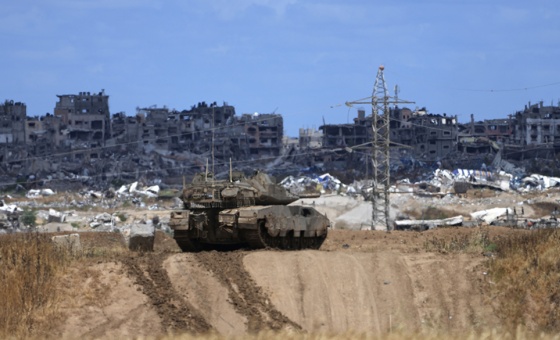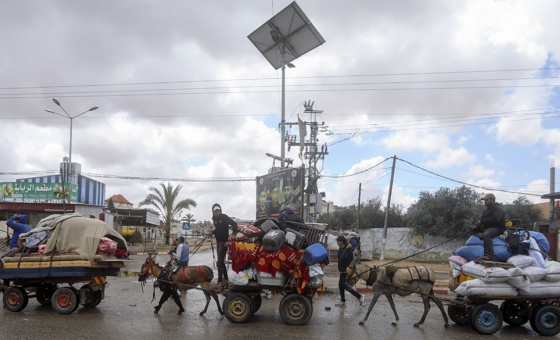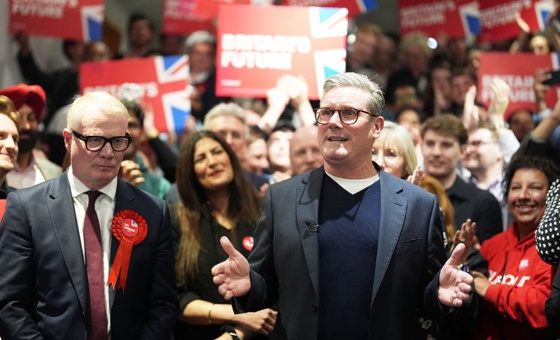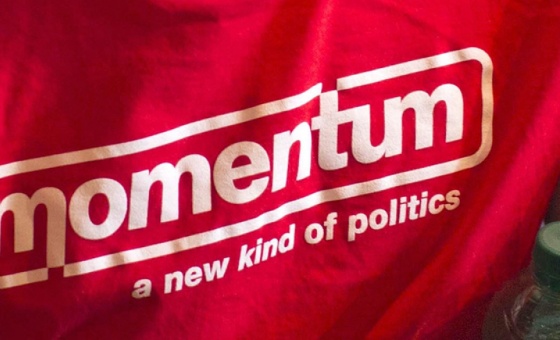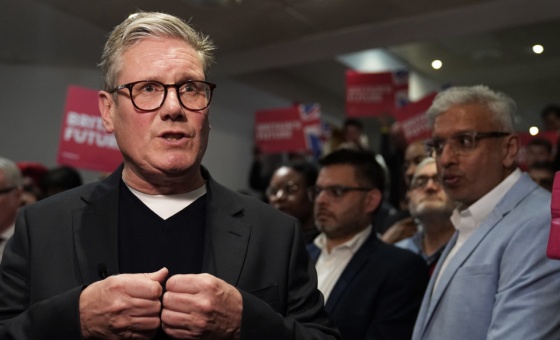This is the last article you can read this month
You can read more article this month
You can read more articles this month
Sorry your limit is up for this month
Reset on:
Please help support the Morning Star by subscribing here
Artist and Empire
Tate Britain, London SW1
5/5
ONE of the most sobering aspects of this exhibition is the way it reveals how the ruling classes have, since the early colonial period, co-opted most art and most artists most of the time.
Commissioned by the rich and powerful, in the process artists have themselves been colonised as they have promoted, legitimised and even glorified Britain’s violent and rapacious foreign conquests.
Artist and Empire tells that sad story through the art of colonial conquest, collaboration, subordination and resistance, with various items of visual and material culture — paintings, flags, sculptures, clothing and maps — employed to illustrate various themes.
The Mapping and Marking section focuses on how British cartographers and surveyors mapped occupied territory, erased indigenous ownership, imposed new names and new borders and presented domination as “civilisation,” while Trophies of Empire displays the objects, specimens and other examples of material culture brought back by explorers, sailors, missionaries and traders.
It shows how the looting, bartering and purchasing which accompanied the imperial project penetrated museums, elite collections, laboratories and zoos.
The explicitly ideological mission of most British history painting, which helped shape popular perceptions of empire, is revealed in Imperial Heroics, a section featuring representations of heroic struggle and martyrdom by tiny bands of brave British soldiers surrounded by crowds of “savages.”
Some of the representations of 19th-century jihadists are unnervingly prophetic in the light of the current Islamophobia in the media, leaving one to ponder just how much has actually changed in the way our mainstream culture views people with other religions and darker skins.
Power Dressing is a fascinating insight into how the Western elite tradition of grand portraiture, developed to convey the power and dominance of representatives of the ruling classes, arrived in colonies along with the gunboats, machine guns and deceitful diplomacy.
British diplomats and administrators were often portrayed wearing indigenous garb such as Native American costume. Colonised peoples, often forced to adopt Western styles of clothing, frequently modified and resisted it or knowingly played to imperial expectations by wearing their own.
The trans-cultural cross-dressing on show expresses the tensions and conflicts between homeland, colony and imperial centre in striking and sometimes humorous ways.
Face to Face contains some fine portraits, with Charles Frederick Goldie and Rudolf Swoboda painting colonial subjects sympathetically, giving dignity and identity back to them and revealing elements of doubt, even guilt, about imperial conquest.
How post-colonial and contemporary artists have developed effective artistic practices which challenge, ironicise and thoroughly demolish the deceitful ideology and iconography of imperial rule provides a striking conclusion to the exhibition in the section Out of Empire.
After long and difficult struggles Black and Asian artists, initially marginalised by the art establishment, have liberated themselves from the shackles of misrepresentation and glorification of empire. The works on show evidence how there is now a much more critical and truthful representation of the political and economic realities which underpinned it.
Revelatory, educational and entertaining, this well-curated exhibition demonstrates the importance of presenting art within its political, historical and economic contexts.
It also shows, sadly, how art sometimes has an impact by supporting and glorifying racism, sexism and other kinds of class-based cultural domination which enable and legitimise the straightforward economic exploitation which is the core project of empire.
And it’s an exhibition which makes one wonder why the true nature of the relations between art, ideology and the politics of class-divided societies is not more widely explored in other exhibitions.
The fact that Artist and Empire is enjoying such huge popularity with the general public as well as critics suggests that it is high time this approach was adopted more widely.
Runs until April 10, box office: tate.org.uk

